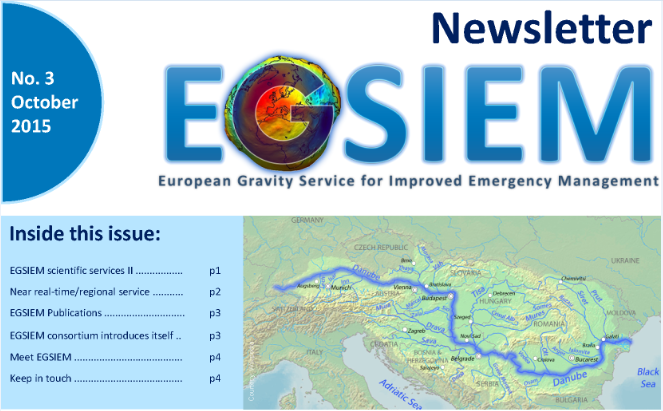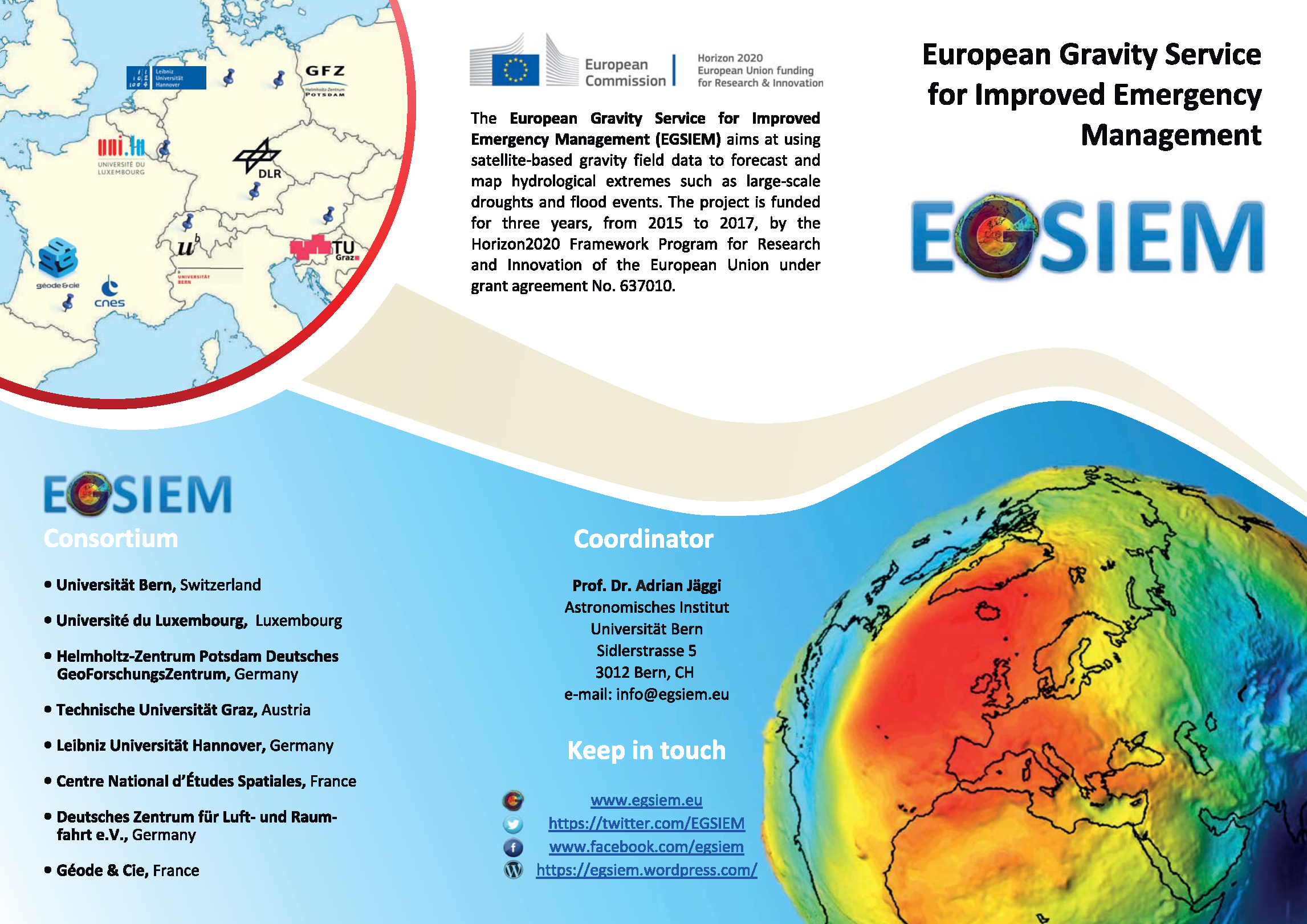As opposed to drought, floods are readily identifiable and relatively short-lived events, caused by “an excess of water mostly but not exclusively from rivers” and described as “the temporary covering by water of land not normally covered by water” (European Union, Directive 2007/60/EC).
The relatively short-lived nature of flood events calls for a higher than monthly to weekly temporal resolution of the GRACE-based gravity field solutions in order to adequately capture the flood water dynamics at hand.


